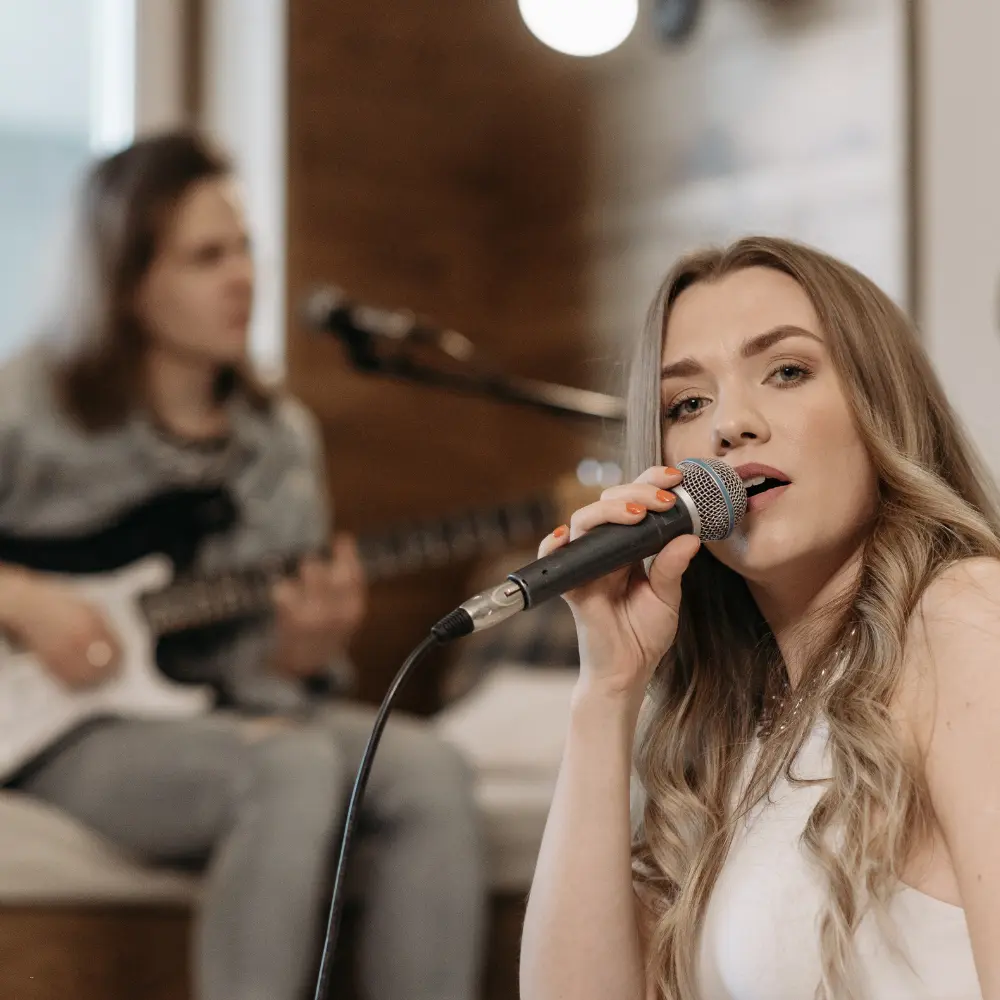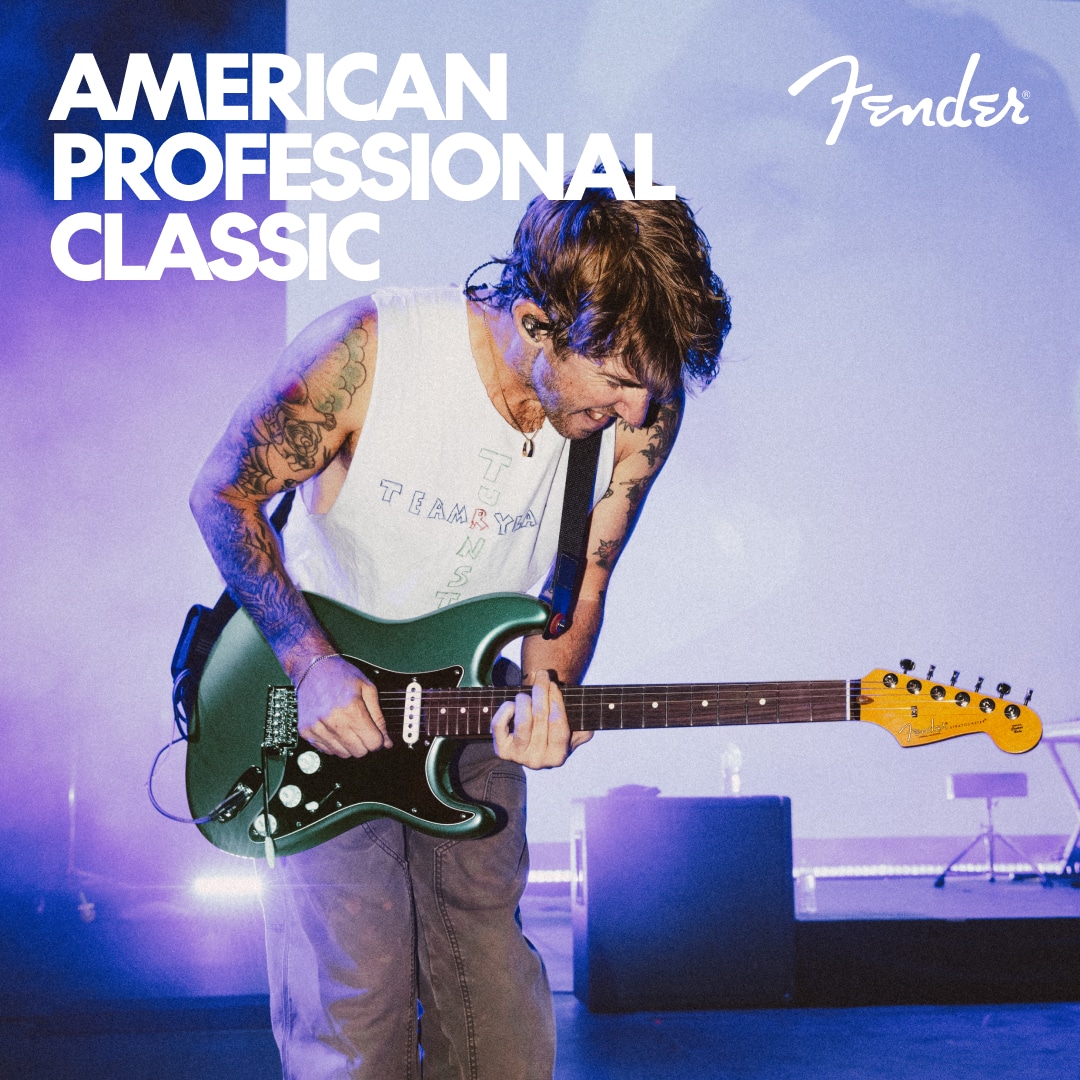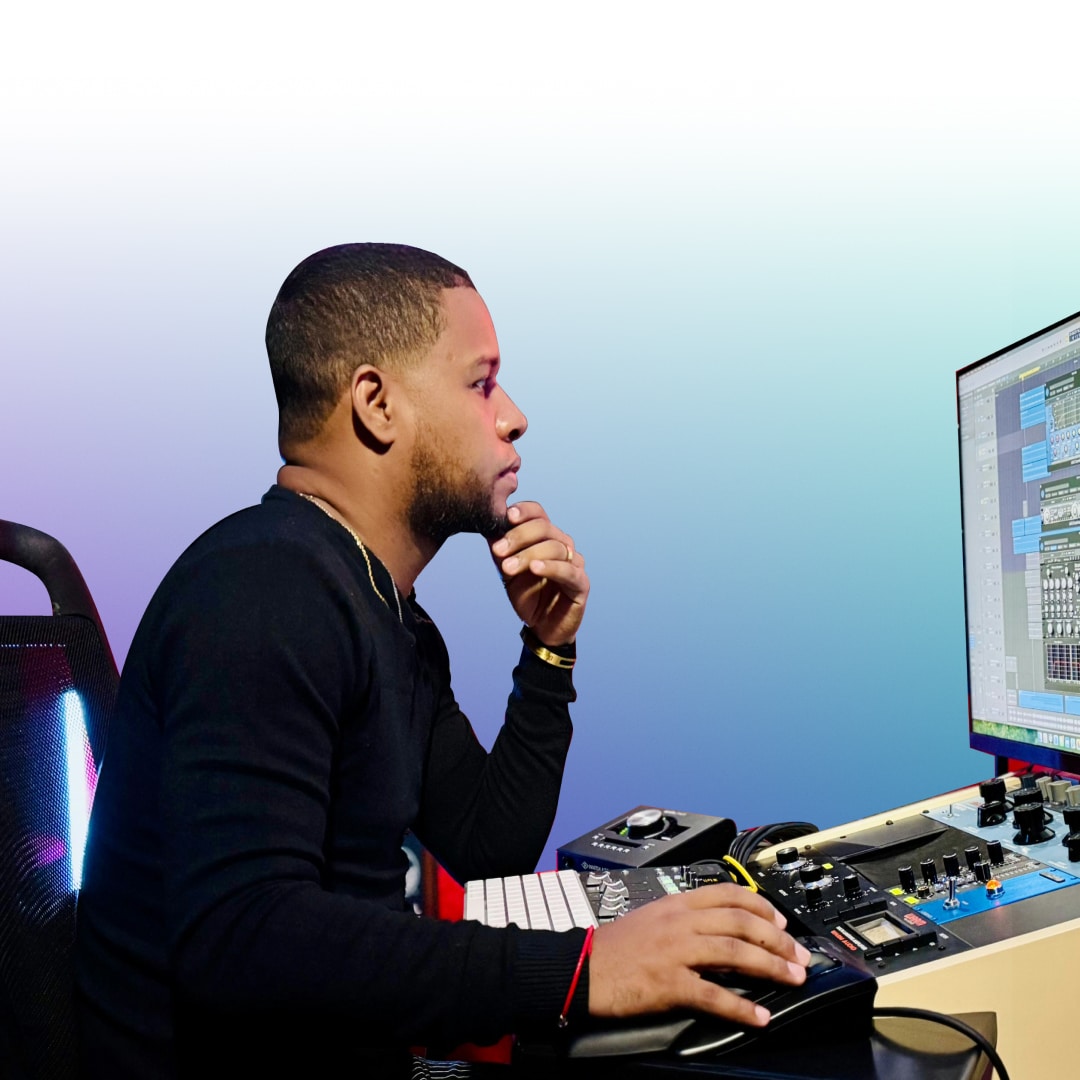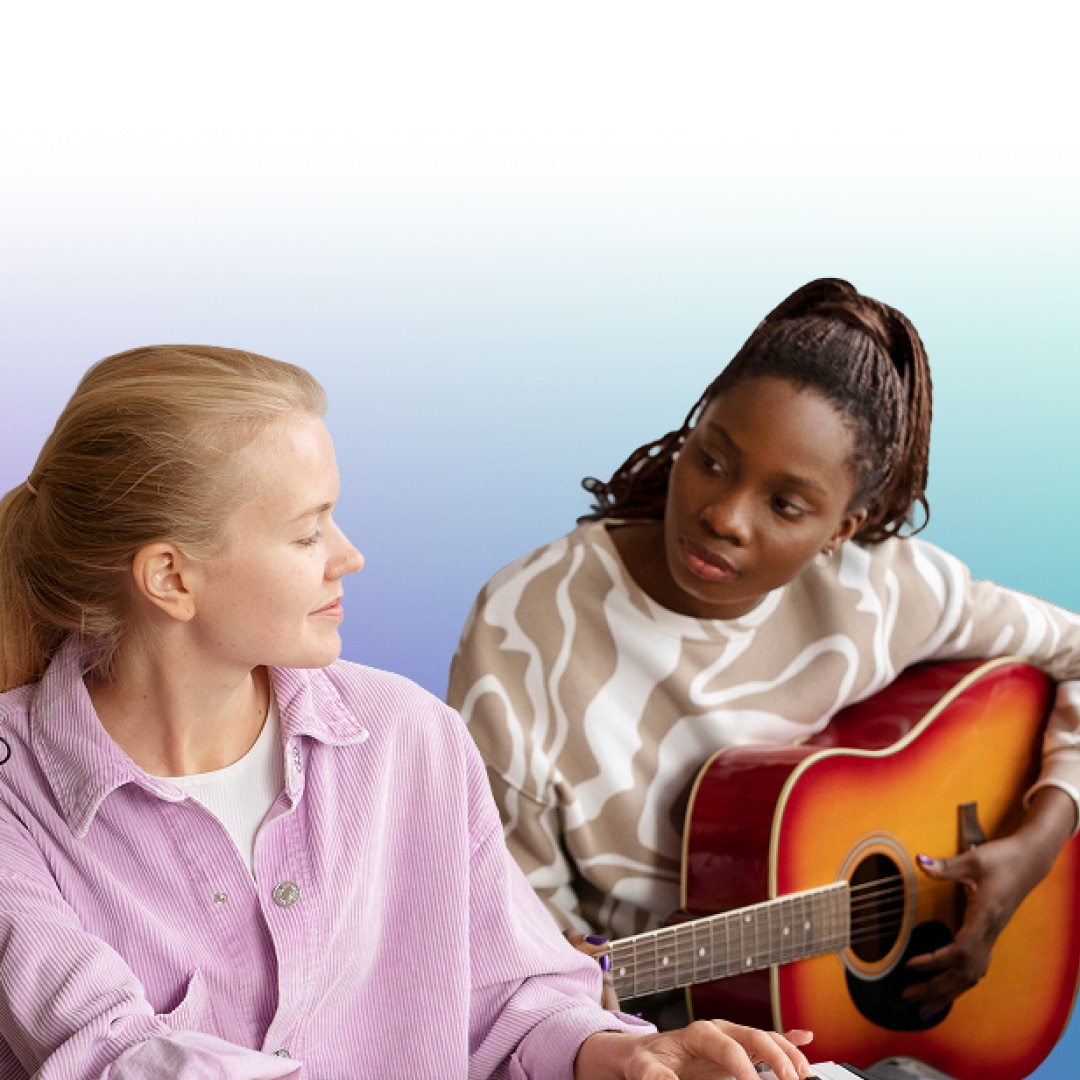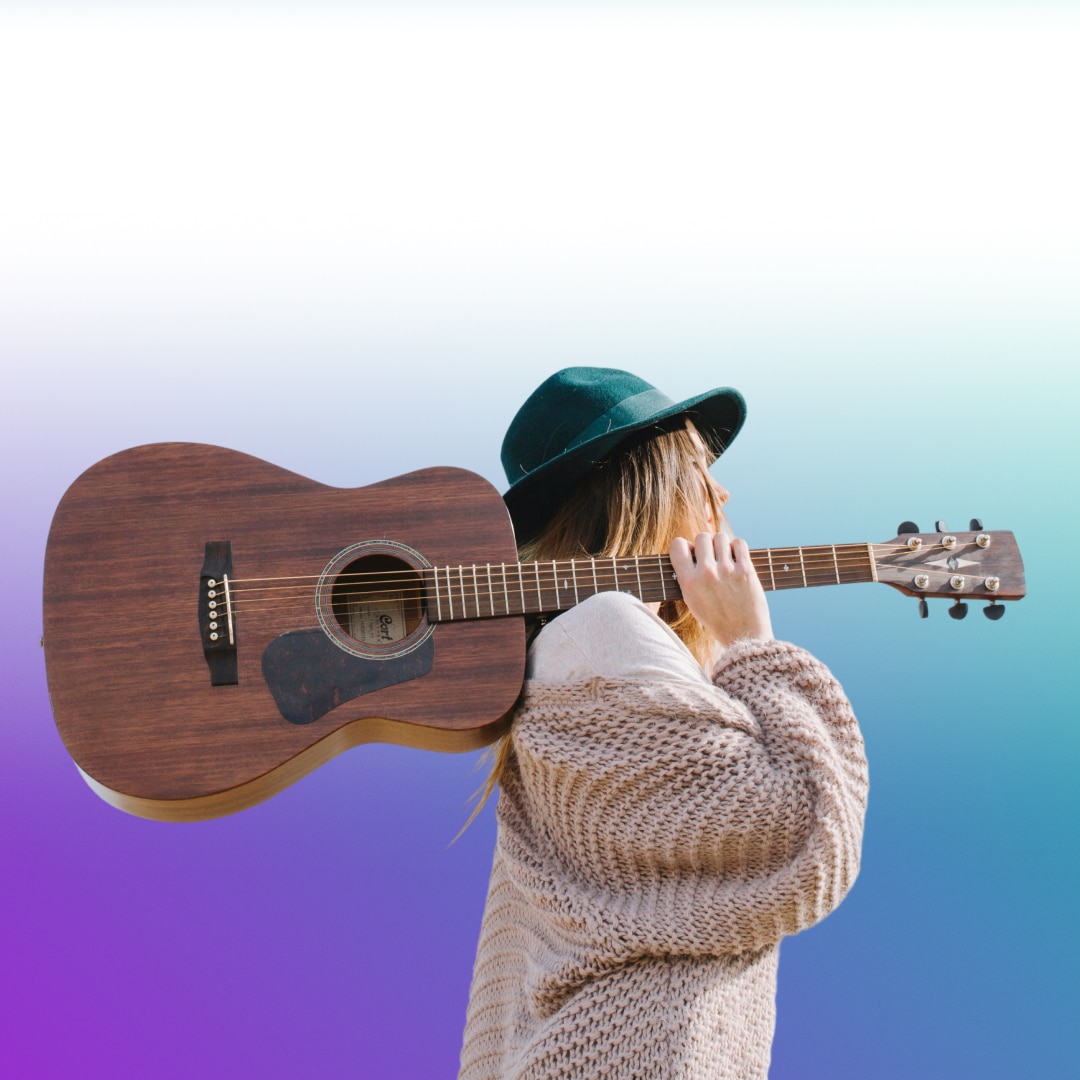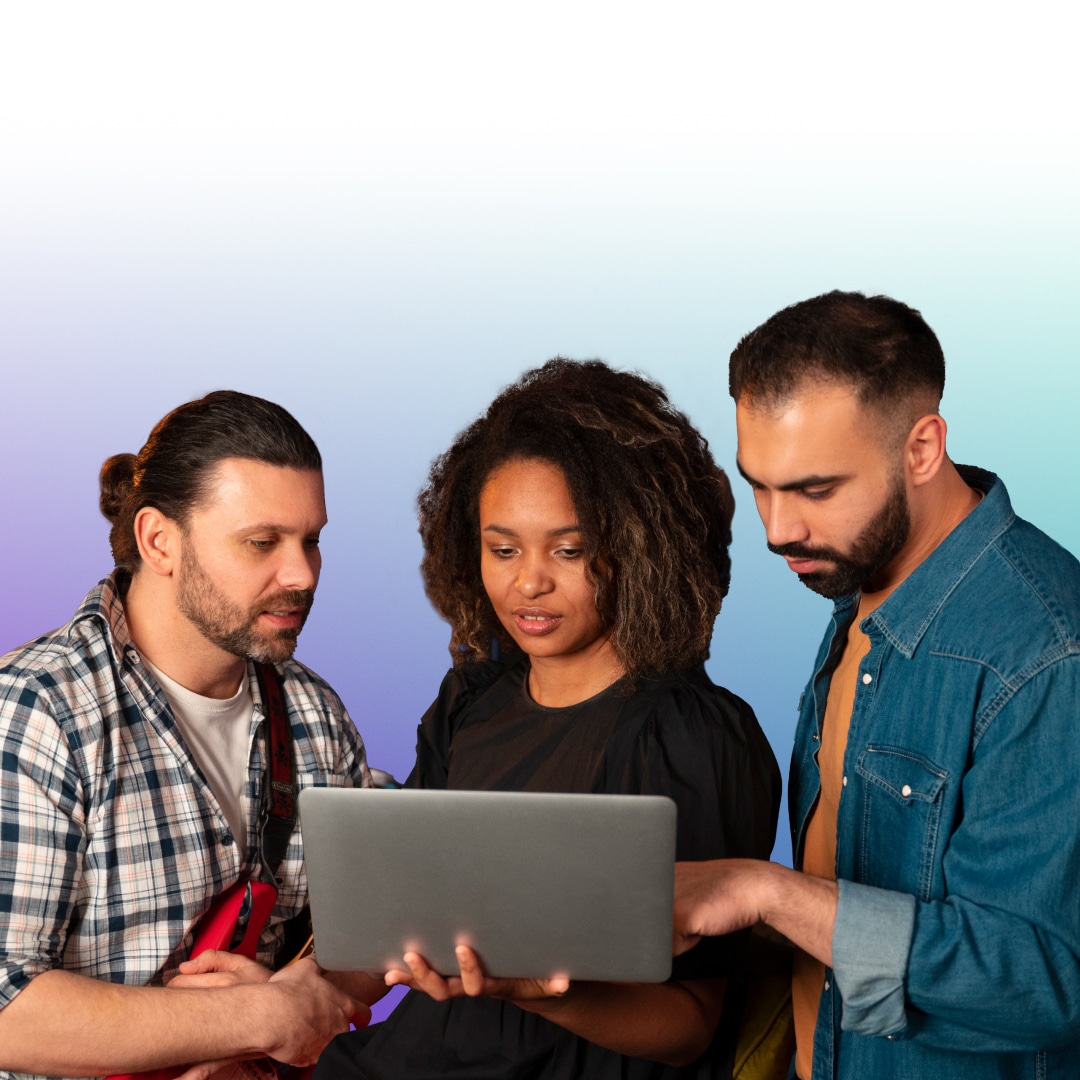The music world has changed dramatically with the rise of online tools. Artists no longer need to be in the same room to work together. Remote music collaboration is reshaping how songs are written, produced, and shared. Creators can now connect through apps and give real-time feedback, all without meeting face to face. This makes the process faster and more open to different styles. Whether you’re an independent artist or an experienced producer, working remotely opens doors to new sounds and fresh perspectives that might have once been out of reach.
Foundational Steps to Collaborate With Artists Effectively
Setting Clear Expectations
Artists should define what they want the final result to sound like. Clear goals help everyone stay on track, whether you’re aiming for a lo-fi vibe, a club anthem, or a cinematic ballad. Clarifying technical details can prevent confusion later. When you
collaborate with artists, setting creative expectations upfront avoids mismatched visions. It also makes it easier to measure progress. The more detailed your initial discussions are, the smoother the collaboration will be from the first draft to the final mix.
Best Practices for Communication and Project Planning
Smooth collaboration depends on organized communication. It’s essential to agree early on how often to check in and which platform to use, as some may prefer email, others might use chat apps, or shared calendars. Project timelines, feedback loops, and update checkpoints should be built into the plan. Treating the creative process like a project to work with musicians successfully can reduce stress and delays. Timely replies and active listening build trust and keep momentum strong.
Tools to Find Music Collaborators
When you’re ready to expand your creative circle, modern platforms make it easy to search for other musicians based on what you need. Many apps and websites let you filter artists by genre, skill set, and even time zone. These tools can be incredibly helpful if you’re looking to
find music collaborators with a specific sound. Rather than waiting for the right person to come along, you can actively seek them out. A targeted approach leads to aligned connections and productive sessions.
Leveraging Curated Feeds and Social Groups
These spaces often highlight trending talent, emerging producers, and experienced musicians open to new projects. Participating in online forums or joining niche communities centered around genre or location can lead to valuable connections. Being active in these networks is essential to connect with music collaborators. Commenting on posts and offering feedback fosters goodwill. These small actions build visibility and credibility, laying the foundation for strong relationships that evolve naturally into partnerships.
Choosing the Right Online Music Collaboration Platform
Features to Look For
Effective music collaboration in today’s digital environment demands more than just file storage or messaging. Below are key features that enhance collaboration:
- Secure File Sharing: Security is paramount when sharing music files. Modern collaboration platforms must provide end-to-end encryption, two-factor authentication, and customizable access controls to prevent unauthorized downloads or leaks. These tools safeguard intellectual property while allowing contributors to work confidently from anywhere. Granular sharing settings, such as permission-based access and file expiration dates, give collaborators control over who sees what and when.
- MIDI Editing Capabilities: Unlike audio files, MIDI data is editable, flexible, and lightweight, allowing collaborators to alter melodies, rhythms, or even instrumentation without re-recording. A good platform should offer a responsive piano roll editor, quantization options, and compatibility with virtual instruments. The ability to tweak a chord progression or change an instrument’s velocity directly in the browser or interface saves time and avoids the need to shuttle files back and forth between DAWs. This is especially valuable when multiple producers are fine-tuning arrangements in real time.
- Waveform Comments: Commenting directly on a waveform transforms feedback from vague suggestions into pinpointed, actionable insights. Instead of saying “that part around 2:30 needs more bass,” collaborators can leave timestamped comments on the exact point where changes are needed in the waveform. This fosters a shared understanding between producers, vocalists, engineers, and clients, saving time and reducing misunderstandings. These annotations are handy during mix reviews or mastering revisions, where precision is key. Advanced platforms may allow users to reply to comments, mark them as resolved, or tag specific collaborators, turning feedback into a dynamic dialogue. For creators who use visual cues in their workflow, waveform-based notes maintain context—they allow users to see where a transition occurs or how a vocal line sits within the track.
- Real-Time Syncing: Being able to hear edits live or preview changes in real-time bridges the physical gap between collaborators. Whether adjusting reverb, layering a harmony, or tweaking MIDI notes, real-time syncing lets contributors experience updates as they happen, creating a sense of presence that mirrors in-person sessions. This is particularly powerful during live composition sessions or vocal take selections, where immediate feedback can influence performance direction. High-quality streaming and latency management ensure smooth playback for all participants, even across varied internet connections. Some platforms allow screen or DAW sharing with audio, enabling a walkthrough of decisions or real-time audio comparison.
- Track Versioning: In any creative project, the ability to compare iterations and revert to previous edits is crucial. Track versioning provides an organized system for storing different stages of a song, from initial sketches to final mixes. Rather than cluttering folders with filenames like “mix_v3_FINAL_FINAL2.wav,” a platform with built-in versioning keeps a timeline of changes, complete with timestamps, user notes, and optional A/B comparison tools. This structured history helps teams evaluate progress, revisit earlier ideas, or trace where a specific mix went off course. Producers can experiment freely, knowing they can always return to a previous state without manually backing up files. This is also helpful for mastering engineers who need to reference alternate masters or clients who request minor tweaks after initial approval. Some collaboration tools even allow branching, so alternate versions can be explored side-by-side without overriding the main project.
- DAW Compatibility: Compatibility includes handling project files, plugin references, MIDI tracks, automation data, and session templates. When a platform can interpret DAW-specific metadata without corrupting it, collaborators save hours of reformatting, re-bouncing stems, or managing plugin conflicts. Some platforms now offer DAW connectors that sync sessions to the cloud in real time, enabling secure backups and collaborative editing.
As more musicians collaborate remotely, these tools aren’t just conveniences but necessities. With the right platform, the full potential of creative partnership is unlocked.
How Virtual Music Studios Replicate In-Person Collaboration
These digital setups often mimic traditional workflows, allowing artists to exchange stems, record vocals, and review sessions in real time. Collaborators can dive into a track simultaneously with tools like shared timelines and multitrack displays. It helps preserve the rhythm of studio creativity even when separated by distance. With the rise of 5G and faster internet speeds, these platforms now offer smooth, lag-free sessions where musicians feel just as connected as they would in person.
Evaluating Music Collaboration Tools
In today’s music business, creative work must go hand-in-hand with fair compensation. That’s why more creators choose music collaboration tools with built-in royalty-splitting and distribution features. These platforms eliminate the need for outside contracts by allowing collaborators to assign percentages to each contributor before the track is published. This upfront clarity avoids disputes down the road. By selecting a platform with these tools, artists can manage creativity and business in one place.
Workflow Tips and Creative Strategies for Seamless Collaboration
Songwriting Collab Tips
While musical chemistry is vital, even the most talented group can encounter creative roadblocks or miscommunication without a shared framework. Below are several proven songwriting collaboration methods:
- Set a Session Agenda: Starting each session with a clearly defined agenda helps transform abstract creativity into focused output. Whether the goal is to brainstorm lyrics, develop a chorus, refine instrumentation, or test harmonies, outlining the day’s priorities prevents collaborators from drifting aimlessly or losing time in indecision. Agendas don’t have to be rigid schedules; they serve as flexible guideposts that keep everyone aligned. One session might be dedicated solely to vocal melody experimentation, while another may revolve around polishing verse transitions. Agreeing on session goals beforehand also sets mutual expectations, reducing the chance of conflict or frustration. Teams that make agenda-setting a habit typically find that their ideas flow more smoothly.
- Assign Creative Roles Early: Clarify who handles which aspects of the songwriting process to prevent redundant efforts and streamline collaboration. Role ambiguity can lead to overlap, delays, or conflicting decisions in many writing sessions, especially with multiple creative minds involved. Assigning roles early helps ensure that contributors can play to their strengths without stepping on each other’s toes. For example, one person might lead on lyric writing, another might focus on chord structure or harmonic layering, and another may handle beat production or toplining melodies. This approach increases efficiency and fosters accountability because everyone knows their contribution matters and directly impacts the final product. Roles can be fixed for a session or rotated to allow collaborators to experiment with new ideas.
- Create a Shared Reference Playlist: A shared reference playlist acts as a creative compass, grounding collaborators in a unified aesthetic before songwriting begins. These curated tracks provide a sonic benchmark for tempo, tone, genre, instrumentation, or lyrical themes that the group wants to emulate or be inspired by. References help translate vague ideas like “moody but energetic” or “a hybrid of folk and synth-pop” into specific examples everyone can hear and respond to. This minimizes misunderstandings, particularly in teams with multiple musical backgrounds or creative styles. Playlists can also serve as emotional checkpoints. Having shared musical references fosters quicker consensus and can spark new directions if collaborators creatively deconstruct why a certain track works.
- Use Shared Documents or Whiteboards: A Google Doc with version tracking allows lyricists to build verses in layers, while collaborators leave suggestions in real time. Digital whiteboards like Miro or Jamboard let teams map song structure visually, which is ideal for navigating verses, bridges, and hooks without losing context. These shared spaces act as dynamic idea vaults, capturing fragments of melody, lines of dialogue, or mood board links that may not fit the current track but can be revisited later. They also help organize complex songwriting elements, such as rhyming patterns, key changes, and motif development. In group settings, transparency through shared platforms reduces misunderstandings and keeps every contributor informed. Shared digital workspaces encourage ongoing dialogue and collective input, ensuring that every idea is acknowledged, evaluated, and preserved during the songwriting process.
These practices turn a good writing session into a transformative musical experience when thoughtfully applied.
Music Partnership Ideas
One way to create unexpected results is by pairing musicians from contrasting genres. A classical pianist might add a rich harmonic layer to a trap beat, or a reggae vocalist could introduce soulful dynamics to a synth-driven pop song. Thinking outside the box when forming partnerships can lead to breakthroughs. Strong music partnership ideas often come from exploring less obvious pairings. Challenge yourself to collaborate with someone whose background and influences are entirely different from yours.
Session Management
Managing complex projects across distances demands smart file organization. Session chaos can creep in fast without a system. Using color-coded tracks in your DAW helps quickly identify instrument groups, making navigation easy during feedback rounds. Another tip is to create versioned folders that clearly show the evolution of the session. These folder structures prevent accidental overwrites and maintain a clean archive. These habits improve efficiency and show professionalism when sharing projects on
online music collaboration websites. A well-organized session builds trust and makes collaborators excited to return for more.
Building Long-Term Music Networks and Professional Relationships
Virtual Events and Communities
Building strong connections in today’s music world often begins in virtual spaces. Online events such as listening parties, live feedback sessions, and digital meetups bring together creators from all backgrounds. These spaces make it easier to start conversations, share projects, and offer support. Musicians increase their visibility and credibility by consistently attending and contributing to these gatherings. To
build music networks that last, it’s not enough to join a group—engagement is key.
Producer Artist Network Tactics
A polished approach can make all the difference when entering a creative circle. Many musicians now rely on curated platforms to showcase their work and connect with potential partners. A strong digital portfolio that includes audio samples, project credits, and short descriptions of your style gives others a reason to collaborate with you. When part of a producer artist network, thoughtful tagging of your skills and strengths helps you stand out in searches. Additionally, making pitches that reflect a clear understanding of the other person’s style shows respect and preparation.
Preserving the integrity of your creative output is just as important as writing a great song. As projects evolve, it becomes essential to keep track of every version. Using labeled folders and time-stamped files ensures that no idea is accidentally lost or overwritten. A consistent versioning method makes it easier to identify what’s working and still needs attention. Many creators working through online music collaboration apps rely on cloud storage with automatic backup and access permissions. This approach guards your work while keeping it easy to share and update as the project progresses.

